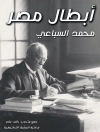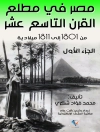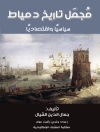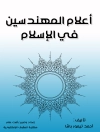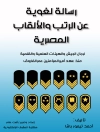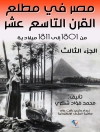The Cold War was a media phenomenon. It was a daily cultural political struggle for the hearts and minds of ordinary people—and for government leaders, a struggle to undermine their enemies’ ability to control the domestic public sphere. This collection examines how this struggle played out on screen, radio, and in print from the late 1970s through the early 1990s, a time when breaking news stories such as Ronald Reagan’s “Star Wars” program and Mikhail Gorbachev’s policy of glasnost captured the world’s attention. Ranging from the United States to the Soviet Union and China, these essays cover photojournalism on both sides of the Iron Curtain, Polish punk, Norwegian film, Soviet magazines, and more, concluding with a contribution from Stuart Franklin, one of the creators of the iconic “Tank Man” image during the Tiananmen Square protests. By investigating an array of media actors and networks, as well as narrative and visual frames on a local and transnational level, this volume laysthe groundwork for writing media into the history of the late Cold War.
Table des matières
1. Introduction: Mapping the Role of the Media in the Late Cold War: Methodological and Transnational Perspectives.- 2. Selling ‘Star Wars’ in American Mass Media.- 3. Interviewing the Enemy and Other Cold War Players: U.S. Foreign Policy as Seen through
Playboy during the Reagan Years.- 4. Going Atmospheric and Elemental: Roger Moore’s and Timothy Dalton’s James Bond and Cold War Geo-Politics.- 5. Civil Cold War Aviation as Television Drama: The Popular Miniseries
Treffpunkt Flughafen (GDR 1986).- 6. Photojournalism East/West: The Cold War, the Iron Curtain, and the Trade of Photographs.- 7. Irony in Polish Punk of the 1980s as a Form of Contestation.- 8. Mediating Alternative Culture: Two Controversial Exhibitions in Hungary during the 1980s.- 9. The Cold War Reporters: The Norwegian Foreign-News Journalists and Foreign-News Correspondents, 1945–95.- 10.
Orions belte: The Birth of the Norwegian “High-Concept” Movie in the Shadow of the Second Cold War.- 11. Reporting
Glasnost: The Changing Soviet News in a Norwegian Daily, 1985–88.- 12. Revolution as Memory: The “History Boom” on Late Socialist Television.- 13. Power and the Body: Images of the Leaders in Soviet Magazines during the Cold War.- 14. The Iconic Photograph and Its Political Space: The Case of Tiananmen Square, 1989.
A propos de l’auteur
Henrik G. Bastiansen is Professor of Media Studies on the Faculty of Media and Journalism, Volda University College, Norway.
Martin Klimke is Vice Provost for Academic Policies and Governance and Associate Professor of History at New York University Abu Dhabi, United Arab Emirates.
Rolf Werenskjold is Professor of Media Studies on the Faculty of Media and Journalism, Volda University College, Norway.


